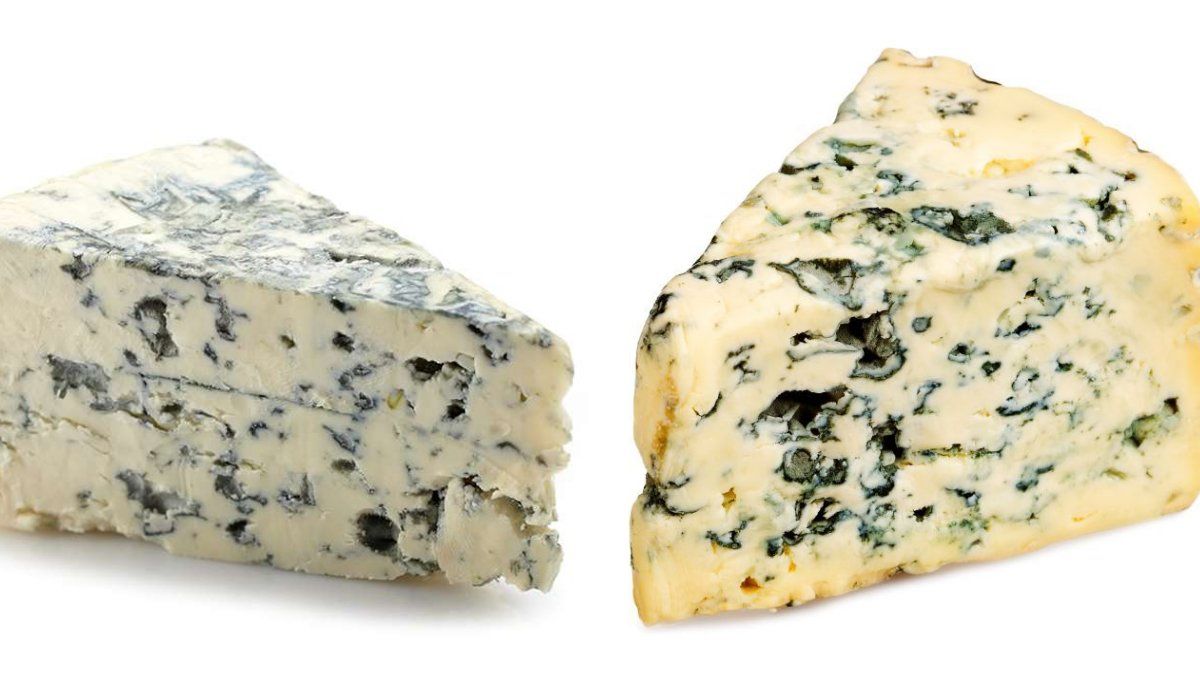Blue cheese and Roquefort cheese were cataloged over the years as synonyms and popularly known and named by “be the same“. The reality is that beyond their aesthetic and flavor similarities, they have unique features that make them very different.
As for their similaritiesRoquefort is ultimately a blue cheese, which is why it is often confused due to its characterization: a singular scentyour specific flavor and its veined color blue-greendue to the presence of crops of Penicillium inside.
Regarding their differences and what distinguishes each one lies mainly in the type of milk that is used for its preparation, the production processes and their historical origin. Learn what are the key points that make the big difference between these cheeses.
blue cheese.jpg
Both cheeses are socially recognized for being the same, I discovered the main differences that distinguish them.
Differences between blue cheese and Roquefort cheese
Origin
He blue cheese It dates back to the 8th century and although it is recognized for being from France, the reality is that it is not limited to a specific region, since it is made in many parts of the world and each one uses its own conditions of temperature, humidity and production methods.
Regarding the roquefort cheeseits production of origin is from the region Roquefort-sur-Soulzonin the south of Franceand has a protected designation of origin, which means that only cheese made under certain regulations can be called Roquefort.
Ingredients
Although we said that Roquefort is a blue cheese, there is a big difference in the use of milk and other ingredients for their preparation. He roquefort It is made exclusively with sheep’s milkwhich is pasteurized and inoculated with specific cultures.
In this case, the mold Penicillium roquefortiwhich is injected into the cheese before maturation and is essential to give it its characteristic flavor and aroma. HE mature in natural caves that provide an ideal environment for mold to grow, a process that lasts at least three months.
He blue cheese can be made of cow’s milk, sheep either goatand your choice differs in the intended flavor and texture. Regarding the molddifferent variants of Penicillium are used, and its ripening time, flavor and texture may vary due to this.
Textures and flavors
He roquefort stands out for its flavor strong, spicy and slightly saltywhere sheep’s milk gives it a particular and distinctive richness. Its texture is creamy and it can crumble and fall apart easily, with streaks of blue mold that differentiate it from the rest.
The texture and flavor of blue cheese will vary according to your various preparation methodsso there is no specific answer. Some are softer and creamier, and others are spicier, stronger and harder.
Source: Ambito




